Many leaders feel inadequate in addressing the topic of gender and race due to a lack of knowledge or general anxiety about talking about these types of issues.
Historically, addressing inequity was seen as “their” job (not “ours”). However, these are cultural problems, and women and minorities alone cannot address them. This responsibility rests on those with the power to change business and social systems. Doing your part to promote diversity as a company makes sense from a business perspective (making sure the best talent is nurtured and engaged) and is also the right thing to do.
The resources below are helpful for leaders and others involved in diversity efforts to understand discrimination, biases, and why diversity, equity and inclusion efforts are important. Some of these tools can also be used to educate and train staff.
Understanding Impacts of Systemic Racism and Sexism: Why “Color or Gender Blind” is Not the Goal
Let’s start out by asking why leaders or employees need to immerse themselves in this topic. You are a good person, right? If you are not racist, why is it your job?
When you decide against a neighborhood or school and label it “too urban” or lock the windows of your car when a black man passes “just to be safe”, it is important to acknowledge that these reactions can be tied to preconceptions about race. These “politically correct” labels do not change the underlying fact. Most of us do not set out to be racist or sexist, but none of us are free of the culture we are raised in. Multiple studies confirm that nearly all of us reflect these cultural biases (even if it happens to be against our own race or gender), just as we reflect other societal beliefs.
It is important that employees do not feel “bad”, “guilty” or “judged” just because they have grown up in a culture which is evolving and imperfect. Diversity and Inclusion programs celebrate the national belief that we are all created as equals and reflect the great goals of our country by facing problems head on and always striving to be better.
If you do not understand the overall cultural symptoms of bias and how they affect life for many from cradle to grave, here are some educational tools:
- Childhood: Students internalize the belief systems of teachers (whose bias was informed by culture as well). Most teachers have little to no diversity training, and most are white.
- https://www.thegraidenetwork.com/blog-all/2018/8/1/teacher-bias-the-elephant-in-the-classroom.
- Some of the key points in this article are that boys are graded lower than test scores indicate, mainly due to behavior; Girls are seen as good when they are quiet and unobtrusive; Black students are seen as less capable even given identical test scores.
- Workplace: Given any two employment applications, blacks and females will always lose out to white males, even if they have the exact same resume. Most employers have the best of intentions but cannot see their own ingrained biases. In fact, a meta-analysis since 1989 shows little change in discrimination against blacks in the hiring process.
- https://www.pnas.org/content/early/2017/09/11/1706255114.full Information on changes in discriminatory patterns in hiring over time.
- https://hbr.org/2020/03/research-to-reduce-gender-bias-anonymize-job-applications Research related to the effect of removing gender from applications.
- Society: Here is a great list of statements adapted from an article by Peggy McIntosh that help all of us understand how skin color and gender may privilege us in ways that we do not realize. How many of these can you answer “yes” to?
- If I move to a “nice neighborhood”, I am pretty certain I will be welcomed.
- My bosses and senior leaders are often the same gender or skin color as me.
- When my kids are taught history at school, people of my color and gender are a part of nearly every lesson.
- If I forget something, lose my temper or do something incorrectly, I am not seen as a symbol of my gender or my race.
- I can count on people to not talk down to me or celebrate my minor accomplishments like “speaking up” or “being articulate”.
- I don’t have to tell my kids in detail how to act around police.
- I can swear, dress in secondhand clothes, or make a spelling mistake in an email, without having people attribute these choices to the bad morals or the poverty or illiteracy of my race.
- I am never asked to speak for all the people of my gender or racial group.
- I can criticize our government without being seen as a threat to the nation’s stability.
- I can easily get clip art, books, greeting cards, dolls, toys and children’s magazines featuring people of my race.
- I can be pretty sure that if I support a minority or female promotion or a program which benefits minorities or females, my colleagues will not assume it is because of my race/gender.
- I can be certain that people don’t think I got my job because of my race or gender, even if I perform poorly.
- I can be sure that I will not receive poorer medical care because doctors assume things about people like me – for example, I am a drug user or over-emotional.
- I can go into most stores and travel to most areas without feeling that people are worried I am going to shoplift or hurt them.
- Justice: Systemic bias continues in policing and the justice system. These are once again filled with many well-intentioned people, but all are influenced by long-standing cultural beliefs. The stress of policing often doesn’t permit for a delay in judgment and when forced to react quickly, biases can prevail.
- To reiterate how “clueless” people can be to bias when it does not normally affect them, here is a post (with a dog in it) which can help bring it to light: https://franklywrite.com/2020/06/01/a-white-woman-racism-and-a-poodle/
- Netflix documentary series with comments from Democratic and Republican leadership on policing, prisons, profit and race: https://www.netflix.com/title/80091741
- Notice mistreatment and inequity and label it for what it is.
- Make diversity a point of discussion – not something to be ashamed or silent about.
- Call out bias to co-workers, leaders and to your own children.
- One proven technique to combat bias is to notice the opposite of your bias.
- https://www.ted.com/talks/verna_myers_how_to_overcome_our_biases_walk_boldly_toward_them?language=en
- When you see things that reinforce your biases, remind yourself of the times you have seen the opposite.
- Make diversity and inclusion a part of your organization – A committee with executive presence and regular meetings is helpful.
- Use methods such as anonymizing job applications, adding diverse members to hiring teams and screening candidates in ways that reduce race and gender impact.
- Advertise your positions to diversity candidates.
- Create a workplace that supports diversity candidates to include flexibility for women or men who have childcare responsibilities.
- Know your company’s metrics and act to correct pay inequities.
- Know your company and how to approach diversity. Many people who are turned off by diversity training or sexual harassment training can be caught off guard when you help them identify with others in surprise ways. Accusations or “check the box” requirement trainings are not supportive of opening minds.
- Try to integrate your groups and teams; encourage managers to partner people who may not be similar to one another.
- Intentionally recruit diversity talent particularly in leadership roles.
- When you see something that you have a knee-jerk reaction to, ALWAYS question it, and try to replace it with a positive statement. “Why have I judged her based on her hairstyle? Should I instead see her hairstyle as simply a hairstyle choice? We all like different things.”
- Redesign your processes to ensure equality of treatment. Women are evaluated differently from men, for example, with a focus on personality instead of performance. They are also not given the benefit of the doubt, as men are, in roles traditionally assigned to men. The articles and resources below can provide more information on this topic.
Combatting Misinformation
When current events charge the atmosphere – think COVID-19, #MeToo or #BlackLivesMatter – social media explodes with news articles which are read and reposted endlessly. Part of your job as a leader is to provide accurate information and a reliable and clear head to help employees understand the situation. One aspect of this is helping employees identify good information.
- Educate employees on misinformation in the media and avoid reading or re-broadcasting incorrect information primarily designed to appeal to and reinforce extreme opinions. (Some examples of recent “news”: police destroying their own vehicles, police firing live bullets, protestors attacking children’s hospitals and defacing the Vietnam Memorial.)
- Even reputable news agencies have re-posted incorrect information. Employees can use these resources to assist in determining what is true and what is not:
- www.snopes.com researches and verifies the validity of trending news/urban legends.
- www.politico.com rates statements as true or false based on research of the topic.
Other Resources for Education
The resources below may be helpful as you learn more about developing a Diversity, Equity and Inclusion program.
Bear in mind that understanding (through surveys, for example) your employees’ attitudes to diversity are important. Many staff may have a knee-jerk negative reaction to words like “micro-aggression” or “white privilege”, while other employee populations may understand these concepts and embrace them. Training should be unique to your organization and to you. If you find that certain educational materials are not a fit for you or your group, look for better alternatives.
The goal is not a “check the box” training, but one that suits the needs of your staff and meets them where they are. For example, instead of saying: “Today we are going to find out what micro-aggressions are and how to avoid them”, you can say: “Today we are going to learn more about how to create an environment that makes everyone feel welcome and eager to collaborate. This will include learning more about how we may unintentionally offend or alienate people depending on their background, gender and other factors.”
A great resource for your organization in planning for diversity in multiple areas of the company is: biasinterrupters.org/#approach – Specific toolkits for individuals and business to change their processes to interrupt unintentional bias.
Short Videos:
Color Blind or Color Brave? by Mellody Hobson (TED Talks) How to step outside of your comfort zone intentionally instead of avoiding difficult situations. How to Resolve Racially Stressful Situations by Howard Stevenson (TED Talks) Howard provides techniques to help all of us can have calm but direct discussions about race. How to Overcome Our Biases? Walk Towards Them by Vernā Myers (TED Talks) Confronting your own biases; Mellody mentions her pride in hearing that her plane was piloted by a female; until the ride got bumpy. How to Design Gender Bias Out of Your Workplace by Sara Sanford (TED Talks) Specific steps an organization can take to create an environment that allows for equal opportunity for women.
Books:
Race Talk and the Conspiracy of Silence: Understanding and Facilitating Difficult Dialogues on Race by Derald Wing Sue White Fragility by Robin DiAngelo The Person You Mean to Be: How Good People Fight Bias by Dolly Chugh That’s What She Said by Joanne Lipman Stamped by Jason Reynolds, Ibram X. Kendi
Articles:
https://time.com/5118035/diversity-training-infuriates-men-fails-women/ Time’s article on why most diversity training programs actually harm diversity. https://www.diversityjobs.com/2019/12/traditional-diversity-training-doesnt-work-why-not-and-what-does/ Traditional diversity training doesn’t work? Why not? And what does? https://hbr.org/2020/03/research-to-reduce-gender-bias-anonymize-job-applications Research related to the effect of removing gender from applications.
Movies:
13th (Netflix Documentary mentioned earlier), American Son, Dear White People, If Beale St. Could Talk, See You Yesterday, The Hate You Give Us, When They See Us, Fruitvale Station
Podcasts:Pod Save the People @PodSaveThePpl
Code Switch @NPRCodeSwitch
1619 NY Times
About Race
Intersectionality Matters
Note: Review state laws for state-specific provisions.
Written by a Catapult Advisor

